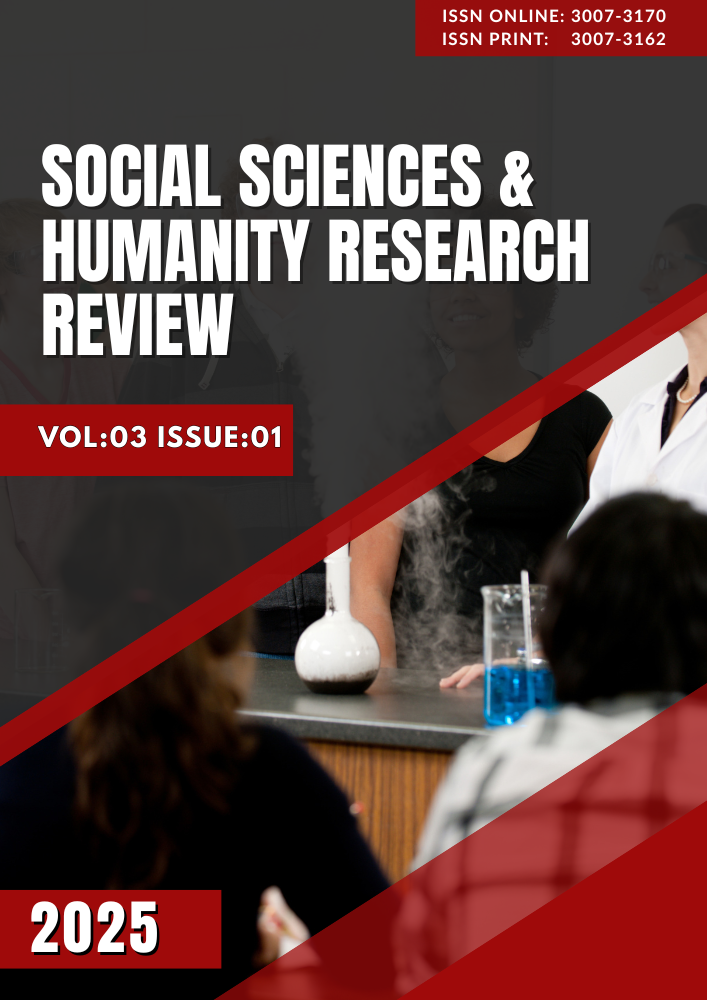Geopolitical and Technological Impact of U.S.-China Rivalry on India’s AI, Semiconductor, and Space Programs: A Strategic Response to Emerging Global Challenges (2018– 2025)
DOI:
https://doi.org/10.63056/sshrr.v3i1.66Abstract
The stand of US and China has created a rivaled competition in technology and geopolitics which has consequently altered the global order. This transition has provided certain challenges and opportunities for India in AI, semiconductors, and Space. For the term of 2018-2025, realism, neoliberal institutionalism, and constructivism are used to evaluate India’s strategic decision making. It emerges that India’s lack of indigenous semiconductor technology base as well as her alliance with the US, Japan, and Australia have contributed towards the adoption of the Semiconductor Mission. Efficient self-sustaining industrial capability and technology are also needed. At the same time, the National AI Strategy of India addresses the importance of AI ethics for social and economic development. Geographically, India is well positioned in the Indo pacific region to bolster its stance as a global space power which is further advanced by the Mission Shakti and Gaganyaan programs. This paper contribution is an analysis of how India manages competitive relations with both US and China at the same time and how balancing strategy helps them cope with competition as well as strive for self-sufficient technology. To tackle these challenges, India has become a significant player in the shifting world order and working toward technological innovation and sustained economic growth. This paper showcases the strategic rivalry between China and the United States and its effect on India’s AI and Space Programming and semiconductor technology during 2018-2025. It outlines the steps taken by India to strengthen itself domestically and provides a framework for understanding the overall multilateral policy, so that the dependency on superpowers is minimized. The study adopts a wide array of perspectives, including political realism, neoliberal institutionalism, and constructivism, so as to understand how these challenges are used to benefit India’s geopolitical standing and technological independence. The objective of the paper is to deepen the understanding on how India’s economic self-sufficiency transforms her into a powerful force with advanced global technology and to demonstrate how her position is enhanced.Downloads
Published
2025-01-22
How to Cite
Bismillah Nasir. (2025). Geopolitical and Technological Impact of U.S.-China Rivalry on India’s AI, Semiconductor, and Space Programs: A Strategic Response to Emerging Global Challenges (2018– 2025). Social Sciences & Humanity Research Review, 3(1), 87–113. https://doi.org/10.63056/sshrr.v3i1.66
Issue
Section
Articles







